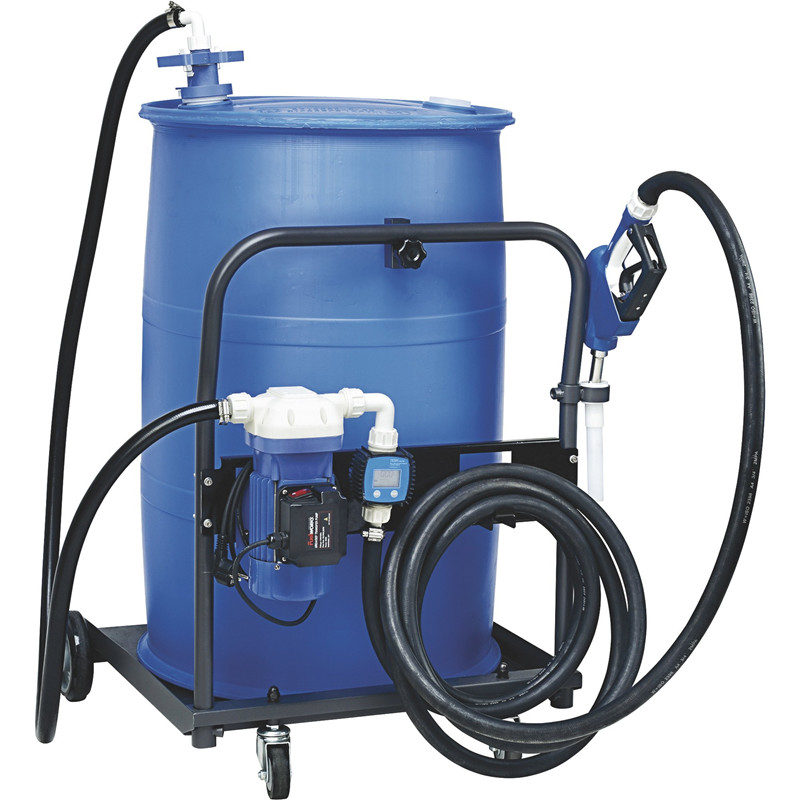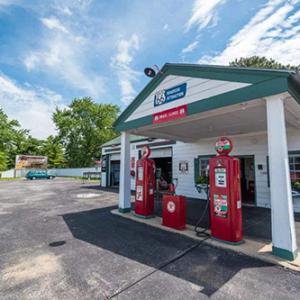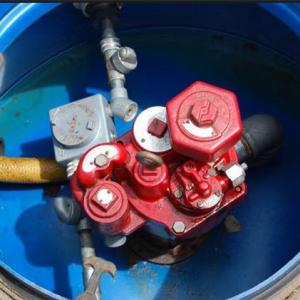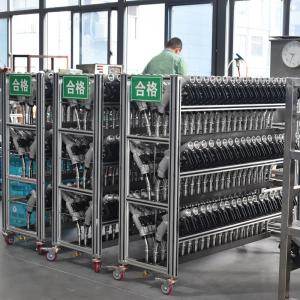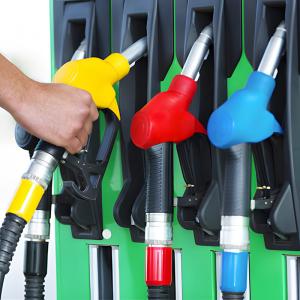Urea in DEF: The Essential Ingredient for Clean Diesel
What is Urea in DEF? Unpacking the Core of Diesel Emissions Control
In the world of modern diesel engines, Diesel Exhaust Fluid (DEF) has become as essential as fuel itself. But what exactly is DEF, and more specifically, what is urea in DEF? This seemingly simple question unlocks the complex science behind today's stringent emissions standards and the critical role of components like the urea dispenser and urea tank. Understanding urea's function in DEF isn't just for mechanics; it's vital for anyone operating or maintaining diesel vehicles, from long-haul truckers to farmers relying on heavy agriculture machinery.
The Chemical Heart of DEF: Understanding Urea
At its core, DEF is a precisely formulated solution of 32.5% high-purity urea and 67.5% deionized water. While the name "urea" might conjure images of biological waste, the urea used in DEF is a synthetically produced chemical compound (CO(NH₂)₂) that is colorless, odorless, and non-toxic. It’s the active ingredient that makes modern diesel engines environmentally compliant.
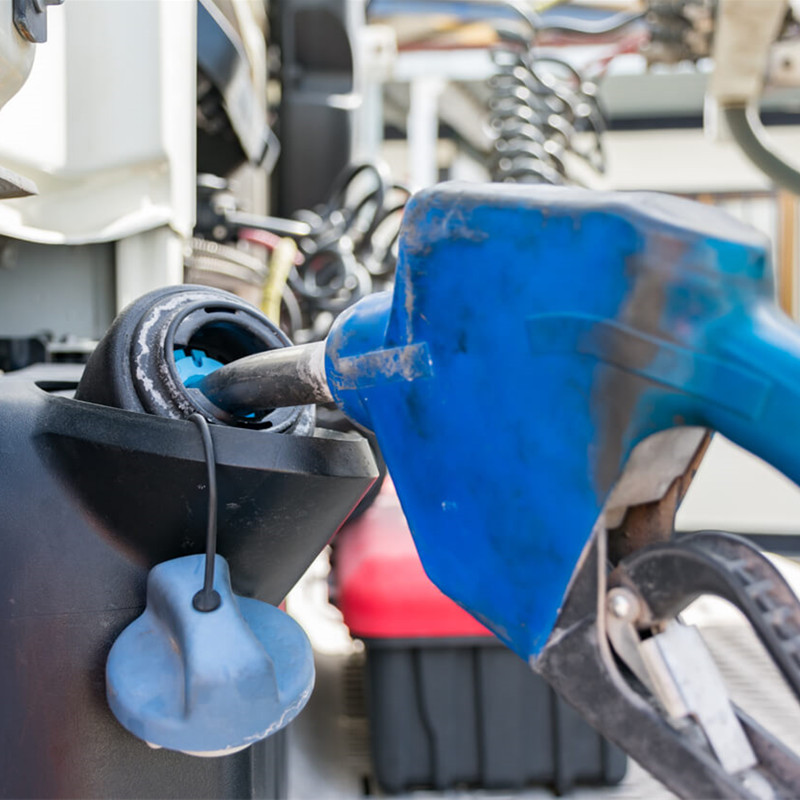
The Journey from Raw Materials to High-Purity Urea
The production of DEF-grade urea is a sophisticated industrial process demanding rigorous purity standards:
-
Ammonia Synthesis: The primary building block is ammonia (NH₃), typically synthesized from natural gas and nitrogen sourced from the air using the Haber-Bosch process. This is a foundational chemical process globally.
-
Urea Formation: This ammonia then reacts with carbon dioxide (CO₂) under high pressure and temperature to create molten urea.
-
Rigorous Purification: This is where DEF-grade urea distinguishes itself. The molten urea undergoes extensive purification, often involving crystallization and prilling, to remove impurities. Even trace amounts of contaminants like heavy metals (e.g., calcium, iron, copper, zinc), aldehydes, or biuret (a byproduct of urea production) can severely damage the sensitive Selective Catalytic Reduction (SCR) system in a vehicle. The ISO 22241 standard dictates the precise purity levels required for automotive-grade urea, ensuring its suitability for DEF.
Why 32.5% Concentration? A Scientific Sweet Spot
The specific 32.5% urea concentration in DEF is not arbitrary; it's a result of careful engineering to balance multiple critical factors:
-
Lowest Freezing Point: A 32.5% solution has the lowest freezing point for urea solutions, at approximately -11°C (12°F). This is crucial for real-world operability in colder climates. While it will still freeze, this concentration ensures that both the urea and water components freeze and thaw at the same rate, preventing separation or degradation of the solution's quality.
-
Optimal Performance: This concentration provides the most efficient balance for the SCR system, maximizing NOx conversion while minimizing the risk of unwanted deposits forming within the exhaust system, which can occur with higher concentrations.
-
Standardization: The 32.5% concentration is universally standardized under ISO 22241, ensuring global compatibility and consistent quality across manufacturers.
Urea's Role in Emissions Reduction: The SCR Process Explained
Urea's primary function in DEF is to serve as a reducing agent for harmful nitrogen oxides (NOx), which are a major component of diesel exhaust pollution and contribute to smog and acid rain. This chemical transformation occurs within the Selective Catalytic Reduction (SCR) system, a cornerstone of modern diesel emissions control.
Here’s a step-by-step breakdown of how urea facilitates this process:
-
DEF Injection: After the engine's exhaust leaves the turbocharger and potentially passes through a Diesel Particulate Filter (DPF) (which traps soot), the DEF solution is precisely injected into the hot exhaust stream. This injection is managed by the urea dispenser, also known as the DEF dosing module or injector. The accuracy and atomization of this component are paramount.
-
Thermal Decomposition (Hydrolysis): As the DEF solution hits the hot exhaust gases (typically 200°C to 500°C), the water evaporates almost instantly. The remaining urea then rapidly undergoes thermal decomposition (hydrolysis), breaking down into ammonia (NH₃) and carbon dioxide (CO₂). This step is critical because ammonia is the true active reactant in the SCR process.
-
Catalytic Reaction in SCR: The exhaust gases, now containing ammonia, flow into the SCR catalyst. The catalyst, often made of materials like vanadium, tungsten, or various zeolites, provides the necessary surface for the chemical reaction to occur. As NOx gases and ammonia pass over the catalyst, a selective chemical reaction takes place:
-
NOx (Nitrogen Oxides) + NH₃ (Ammonia) → N₂ (Harmless Nitrogen Gas) + H₂O (Water Vapor) This reaction effectively converts up to 90% of NOx emissions into harmless atmospheric gases.
-
-
Exhaust Exit: The cleaned exhaust, now significantly lower in NOx, then exits the tailpipe.
Why Not Just Use Ammonia Directly? The Safety and Practicality of Urea
Given that ammonia is the active reactant, a logical question arises: why not just carry ammonia directly on the vehicle? The answer lies in safety, practicality, and regulatory compliance:
-
Safety: Ammonia (NH₃) is a highly toxic, corrosive, pungent, and flammable gas that is difficult and dangerous to store and transport. Carrying pressurized liquid ammonia tanks on vehicles would pose unacceptable safety risks to operators, the public, and the environment.
-
Storage & Handling: Liquid ammonia requires specialized, high-pressure storage tanks and handling equipment. Urea, in its diluted DEF solution, is non-toxic, non-flammable, non-hazardous, and significantly safer to store and handle. It's stable, easy to transport, and poses minimal risk of exposure compared to anhydrous ammonia.
-
Logistics: The logistics of distributing and refueling vehicles with ammonia would be prohibitively complex and expensive. DEF, on the other hand, can be stored in plastic or stainless steel urea tanks on vehicles and is widely available at fuel stations, dealerships, and bulk suppliers.
Urea serves as a convenient and safe "carrier" for ammonia, allowing the vehicle's SCR system to generate the necessary ammonia on-demand within the controlled environment of the exhaust system.
The Critical Components: Urea Dispenser and Urea Tank
The effectiveness of urea in DEF relies entirely on the proper functioning of the associated hardware.
The Urea Dispenser (DEF Dosing Module/Injector)
The urea dispenser is the unsung hero of the SCR system, responsible for precisely metering and injecting the correct amount of DEF into the exhaust stream. Its precision is paramount:
-
Accuracy: Too little DEF, and NOx emissions won't be adequately reduced, leading to compliance issues. Too much DEF, and it can cause ammonia slip (unconverted ammonia being released) or, more commonly, the formation of white urea deposits (like cyanuric acid or melamine) within the exhaust system, which can clog the catalyst and pipes.
-
Atomization: The urea dispenser must atomize the DEF into a very fine mist to ensure rapid evaporation and decomposition. Poor atomization leads to larger droplets that can hit the exhaust pipe walls, crystallize, and form blockages.
-
Durability: Exposed to extreme heat and corrosive exhaust gases, the urea dispenser must be built from highly durable, DEF-compatible materials. It's often accompanied by a DEF nozzle that ensures precise spray patterns.
The Urea Tank (DEF Tank)
The urea tank, also known as the DEF tank, serves as the on-board reservoir for the DEF solution. Unlike traditional fuel tanks, urea tanks have specific design requirements:
-
Material Compatibility: They are almost exclusively made from high-density polyethylene (HDPE) or stainless steel because DEF is corrosive to aluminum and carbon steel.
-
Integrated Heating System: Since DEF freezes at -11°C, urea tanks are equipped with internal heating elements (often coolant lines or electric heaters) to thaw the DEF when temperatures drop. This ensures the system can operate even in severe cold.
-
Sensors: Urea tanks contain level sensors to monitor DEF fluid levels and temperature sensors to monitor the fluid's state, communicating this data to the vehicle's engine control unit (ECU).
-
Breather Vents and Caps: These are designed to prevent contamination while allowing the tank to breathe as fluid levels change or temperatures fluctuate. The fill neck is typically uniquely sized or incorporates a magnetic interlock to prevent accidental fueling with diesel.
These components are vital for ensuring that the urea in DEF can perform its emissions-reducing function reliably and efficiently across various operating conditions.
The Broader Impact: From Emissions to Operational Costs
Understanding what is urea in DEF and how it functions highlights its profound impact on diesel operations:
-
Environmental Compliance: Urea is the chemical enabler for modern diesel engines to meet strict NOx emission standards, making these engines significantly cleaner.
-
Operational Costs: While DEF adds a new consumable, its cost is relatively low compared to fuel. However, issues related to DEF quality, clogged urea dispensers, or faulty urea tanks can lead to expensive repairs and potential downtime, far outweighing the cost of the fluid itself.
-
Vehicle Performance: Properly functioning SCR systems ensure the engine runs optimally without derates or power limitations, which can occur if DEF is low, contaminated, or the system is malfunctioning.
-
Maintenance Practices: Knowing about urea's properties emphasizes the importance of using only certified DEF, ensuring clean fluid transfer equipment, and adhering to recommended service intervals for the DEF filter and inspecting the urea dispenser and urea tank for signs of issues.
